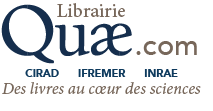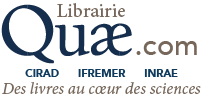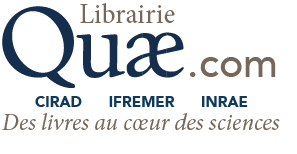Preface
Chapter 1. Welfare concepts
Abstract
1. Welfare definition
2. Welfare and needs
3. Welfare and feelings
4. Welfare and stress
5. Welfare and health
6. Welfare and pain
7. Welfare concepts in relation to assessment
References
Chapter 2. Assessment of pig welfare
Abstract
1. Introduction
2. Neuroendocrine systems
3. Behaviour
4. Production and pathology
5. Conclusion and perspectives
References
Chapter 3. The welfare of pregnant and lactating sows
Abstract
1. Introduction
2. Hunger and thirst
3. Discomfort
4. Pain and injuries
5. Behavioural needs
6. Fear, stress and suffering
References
Chapter 4. The welfare of piglets
Abstract
1. Introduction
2. Comfort and housing requirements
3. Nutrition and welfare
4. Viability and health
5. Behavioural needs
6. Fear, stress and suffering
7. Conclusions
References
Chapter 5. The welfare of growing-finishing pigs
Abstract
1. Introduction
2. Welfare of the recently weaned and nursery pig
3. Main Grow-Finish period
4. Housing and environmental effects on welfare and meat quality of the G-F pig
5. Research opportunities to improve Grow-Finisher pig welfare
6. Conclusions
Reference
Chapter 6. The welfare of pigs during transport
Abstract
1. Introduction
2. Loading density
3. Transport distance and duration
4. Vehicle design
5. Non-ambulatory animals or those otherwise unfit for transport
6. Conclusions
References
Chapter 7. Effects of preslaughter handling on stress response and meat quality in pigs
Abstract
1. Introduction
2. Critical points within the pre-slaughter period
3. Conclusions
References
Chapter 8. Welfare of pigs during stunning and slaughter
Abstract
1. Introduction
2. Handling during stunning
3. Stunning methods
4. Killing of pigs on the farms during disease outbreaks
References
Chapter 9. Breeding pigs for improved welfare
Abstract
1. Introduction
2. Genetics and animal breeding
3. Pig breeding today
4. Direct influence of breeding procedures on welfare
5. Heterosis improves piglet vitality
6. Selection for increased litter size requires selection for piglet survival
7. Maternal behaviour and fear
8. The sow’s ability to produce milk and to use body reserves
9. Relations between growth, leanness, feed conversion and welfare
10. Leg weakness and longevity
11. Selection against or for extreme stress sensitivity?
12. Selection for improved resistance to micro-organisms
13. Breeding instead of castration?
14. Selection against ‘bad behaviour’
15. Selection for decreased environmental sensitivity
16. More data are needed to improve welfare by breeding
17. The role of cooperation in improving pig welfare
18. Practical implications
References
Chapter 10. Human-pig relationships
Abstract
1. Human-animal relationships in pig production
2. Fear, productivity and welfare
3. Stockperson characteristics regulating the pig’s fear of humans
4. Other important job-related characteristics of the stockperson
5. Opportunities to improve human-animal interactions in the pig industry
6. Training
7. Selection of stockpeople
8. Conclusion
References
Chapter 11. The welfare of pigs: a social, ethical and scientific issue
Abstract
1. Introduction
2. Debate about animal welfare
3. Animal welfare science
4. Animal welfare assurance programs
5. The application of animal welfare science
References
Index






















